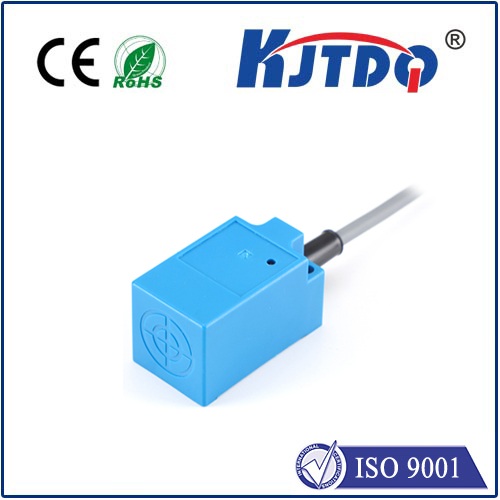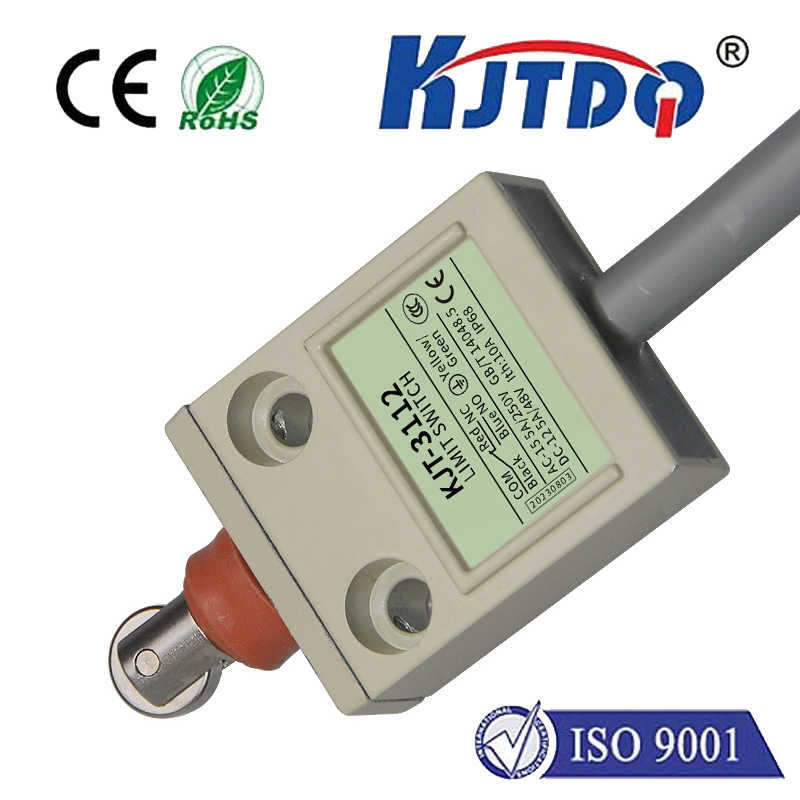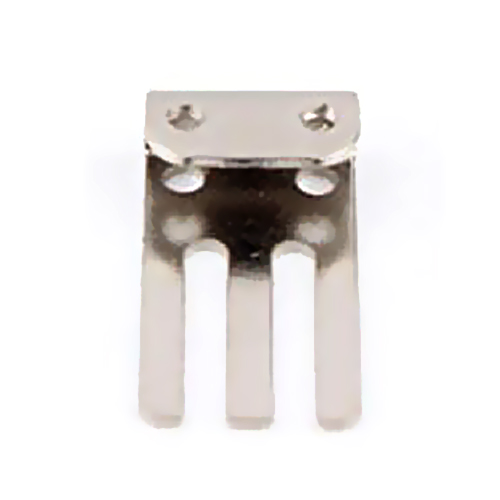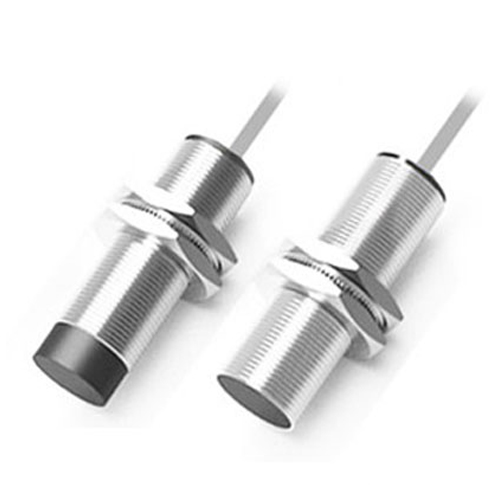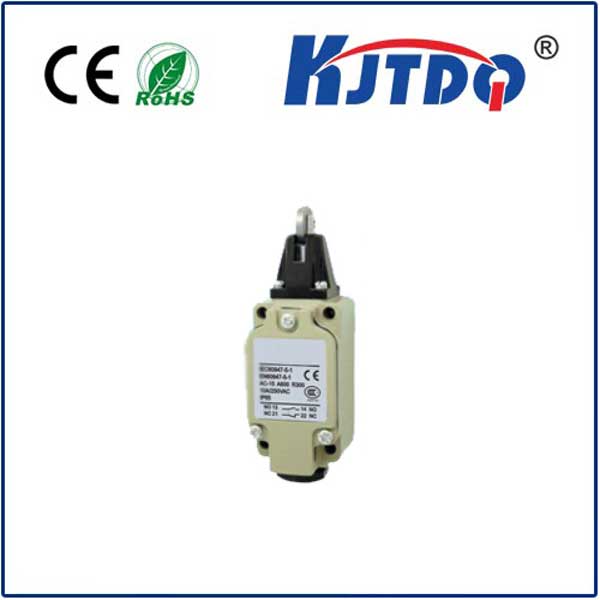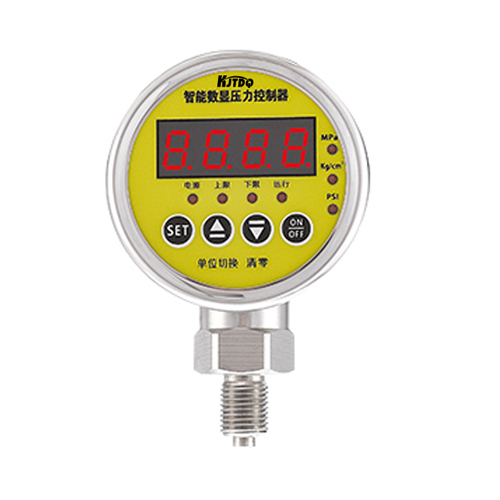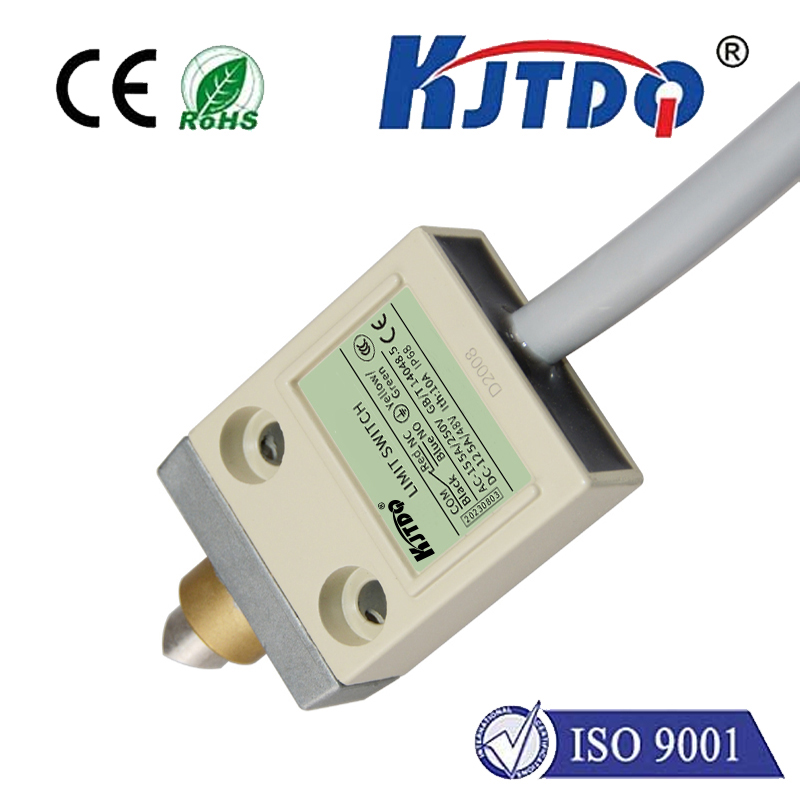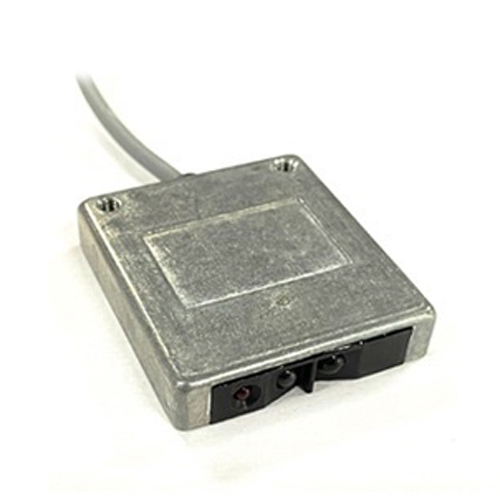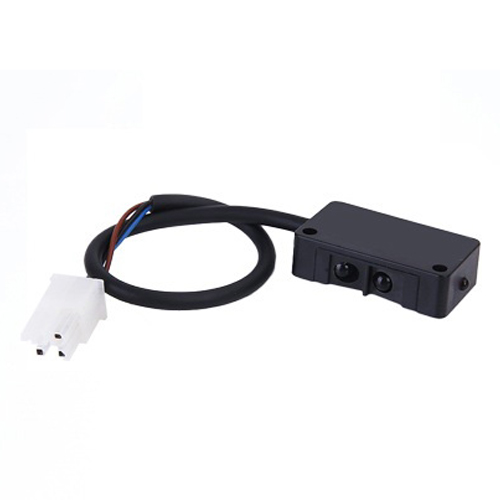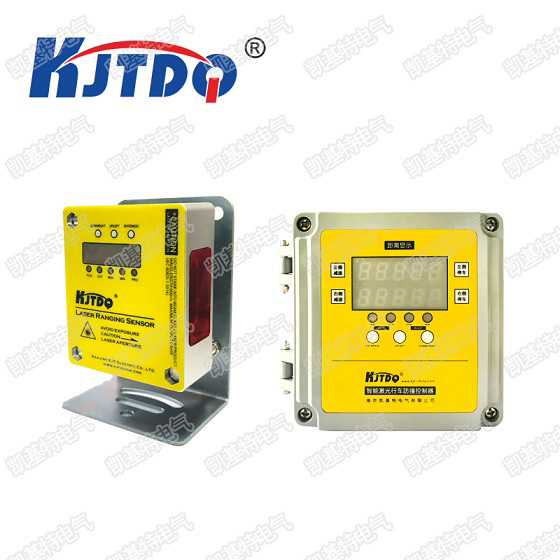

check

check

check

check
PZ-M53 Photoelectric Sensor: Enhancing Automation with Reliable Detection
In today’s rapidly evolving industrial landscape, automation and precision are key to operational efficiency. One of the most critical components in modern automation systems is the photoelectric sensor, which plays a pivotal role in detecting objects, measuring distances, and ensuring safe and accurate operation. Among the various types of photoelectric sensors available, the PZ-M53 stands out as a reliable and versatile solution for a wide range of applications.
The PZ-M53 is a photoelectric sensor designed for high-performance industrial use, offering exceptional detection accuracy and durability. It operates based on the principle of photoelectric effect, where light is used to detect the presence or absence of an object. This technology is widely employed in applications such as material handling, conveyor systems, and quality control, where precise and consistent detection is essential.

One of the key features of the PZ-M53 is its high sensitivity. The sensor is engineered to detect even the smallest objects, making it suitable for applications where precision is critical. Whether it’s detecting a single object or measuring the presence of a material during a production process, the PZ-M53 ensures reliable performance under varying conditions.
In addition to its high sensitivity, the PZ-M53 is built to withstand harsh environments. Its robust construction and durable materials make it suitable for use in industrial settings where temperature, humidity, and dust levels can be challenging. This makes it an ideal choice for applications where reliability is paramount, such as in food processing, pharmaceuticals, and automotive manufacturing.
The PZ-M53 is also known for its easy integration into existing systems. Unlike some other sensors that require extensive modifications to the control system, the PZ-M53 is compatible with a wide range of automation platforms. This simplifies the installation process and reduces the time required for system setup, making it a cost-effective solution for manufacturers looking to improve their operational efficiency.
Another important aspect of the PZ-M53 is its wide range of applications. It can be used in both active and passive configurations, providing flexibility in how it is deployed. Active sensors emit light and detect the reflection, while passive sensors use the ambient light to detect objects. The PZ-M53 offers the option to choose between these configurations, allowing users to tailor the sensor to their specific needs.
In addition to its technical specifications, the PZ-M53 is also known for its user-friendly design. The sensor comes with an intuitive interface and a range of mounting options, making it easy to install and configure. This ensures that users can quickly get to the benefits of the sensor without requiring extensive technical knowledge.
As industries continue to evolve, the demand for reliable and efficient sensors is growing. The PZ-M53 is a prime example of how advanced technology can be applied to improve automation and productivity. Whether it’s used in a factory line or a quality control station, the PZ-M53 provides a dependable solution that meets the needs of modern industrial operations.
In conclusion, the PZ-M53 photoelectric sensor is a valuable addition to any automation system, offering high sensitivity, durability, and versatility. Its ability to operate in various environments and its ease of integration make it an ideal choice for manufacturers looking to enhance their production processes. With the right implementation, the PZ-M53 can help achieve greater efficiency, accuracy, and reliability in industrial applications.
